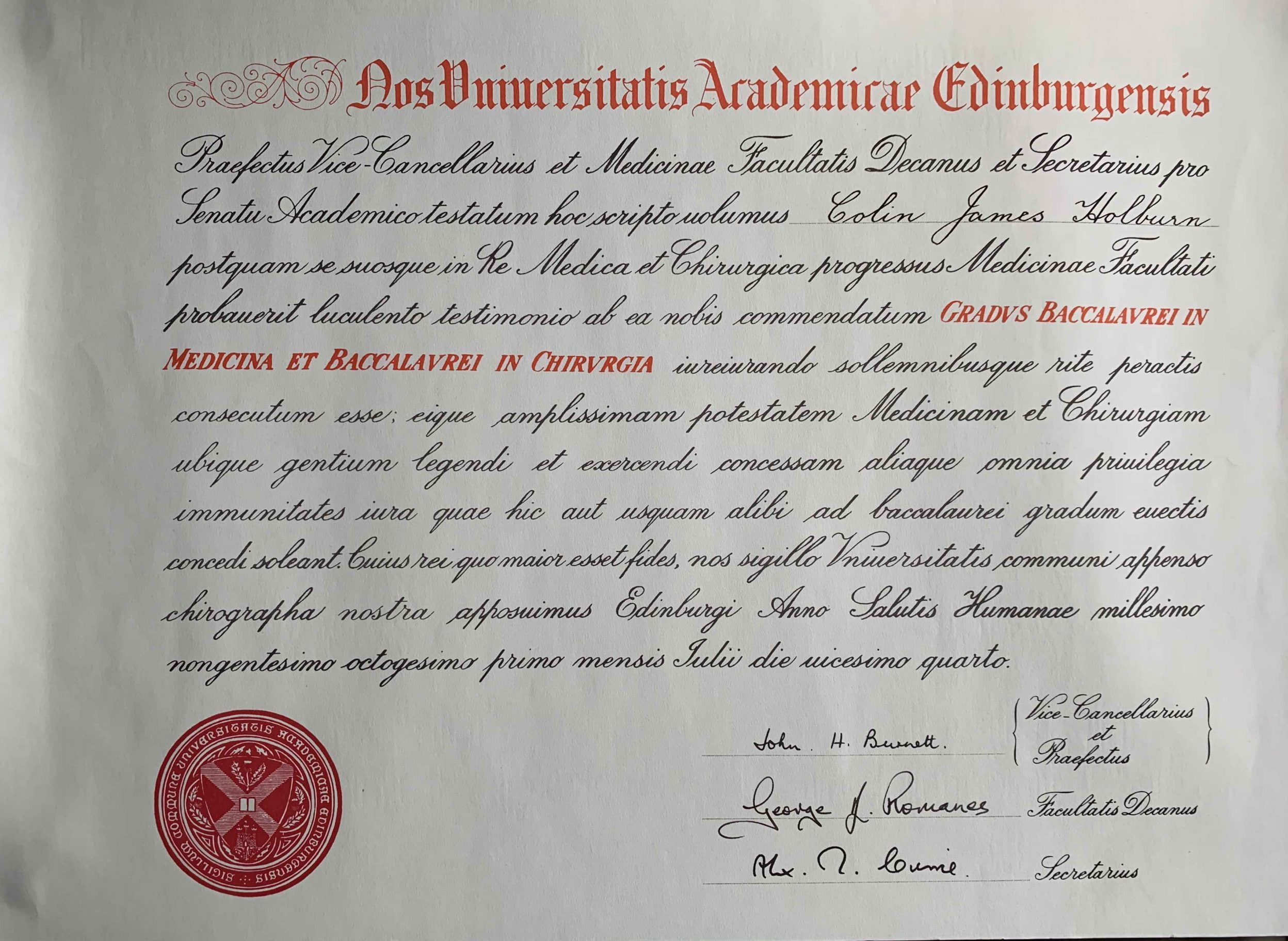
Looking Back
2nd August 2021
Why children are not small adults
17th August 2021Heat exhaustion and environmental hyperpyrexia are two different but related health conditions. Heat exhaustion is a general term for heat illness in which the loss of water and electrolytes from heavy sweating leads to a decrease in blood volume and, eventually, heart failure. Environmental hyperpyrexia is an increase in body temperature greater than 41.5° C (106° F).
Signs and symptoms of heat exhaustion
Heat exhaustion usually occurs after conditions that promote heavy sweating (e.g. strenuous exercise) or situations in which individuals have only minimal protection from environmental heat and humidity. It tends to occur most often in those who are not acclimatised to high environmental temperatures. It is also common during the summer months among tourists or workers in a hot and humid climate and may be associated with inappropriate clothing that results in “voluntary” heat loss through evaporation.
Clinical effects of heat exhaustion include hypotension, tachycardia, weakness, and mental status changes. Heat exhaustion may progress to heat stroke if appropriate therapy is not initiated promptly.
Treating heat exhaustion
Treatment of heat exhaustion involves prompt removal from the hot environment; cleansing of the skin with tepid water (no soap); replacement of fluids by mouth; administration of IV fluids for moderate dehydration; and institution of cooling measures (e.g. immersion in cold water or ice).
When heat exhaustion becomes heat stroke
It is important to treat heat exhaustion promptly to avoid it progressing to heatstroke. Heatstroke is one of the most life-threatening conditions encountered in medical practice. It occurs as a result of the inability to dissipate heat as a result of intense exercise and environmental heat.
Clinical effects of heat stroke include hot and dry skin, rapid pulse rates, tachycardia, hypotension, CNS dysfunction (eg, delirium, disorientation, coma), seizures, rhabdomyolysis and renal failure.
Treatment of heatstroke involves removal from the hot environment, cleansing of the skin with tepid water (no soap), IV fluids and institution of cooling measures (eg, immersion in cold water or ice water). If cooling is not possible, antipyretics should be used.
Heatstroke is a medical emergency that requires rapid intervention to prevent death.
Signs and symptoms of environmental hyperpyrexia
Environmental hyperpyrexia is the inability of the body to cool itself in the heat. As a result, the body’s core temperature can rise quickly, leading to rapid dehydration and an elevated risk for heat exhaustion or more serious complications, such as heat stroke.
Signs of environmental hyperpyrexia may include headache, high or low pulse rate, increased respiration rate, pale, moist skin with cool peripheries, profuse sweating that leads to dehydration and exhaustion, decreased alertness or loss of consciousness.
Signs and symptoms of environmental hyperpyrexia may develop suddenly but are often subtle in nature. Other manifestations of heat stress include nausea, dizziness, fatigue, weakness, and confusion.
Treating environmental hyperpyrexia
To treat environmental hyperpyrexia, the patient should be moved to an area with air conditioning or better ventilation. The patient should have their clothing removed and replaced with dry garments. Other treatment measures include application of cool, wet bandages to the skin, fluid replacement (oral or intravenous), administration of acetaminophen to reduce fever, and application of ice packs or cold water to the head, neck, and groin.
There is a case report of using a helicopter downdraft to cool victims of heat stroke but this while interesting is not practical in most circumstances.
Preventing heat exhaustion and environmental hyperpyrexia
Clinical management of heat exhaustion and environmental hyperpyrexia requires the rapid institution of aggressive cooling measures. The following precautions are recommended to prevent these conditions:
* Travel or exercise in the early morning or evening when temperatures tend to be lower
* Avoid direct sun exposure, particularly without protective clothing
* Consume several litres of fluid per day while exercising and in a hot environment
* Wear loose-fitting, lightweight clothing
* Use commercial cooling vests that incorporate evaporative cooling pads or immerse the trunk of the body in cold water
* Drink ice-cold liquids
* Avoid alcohol
Heat exhaustion and environmental hyperpyrexia can be serious problems if individuals do not take the necessary precautionary measures.




